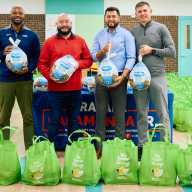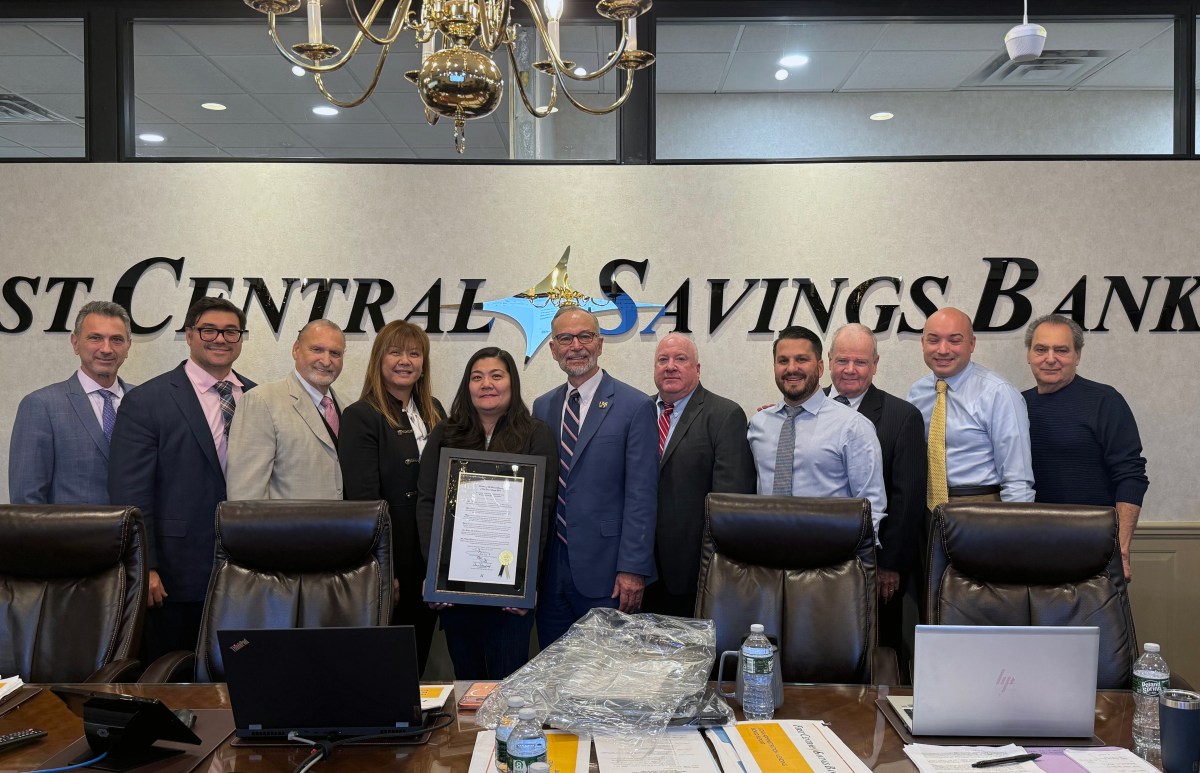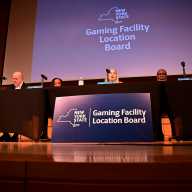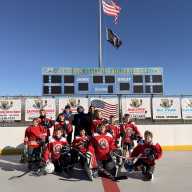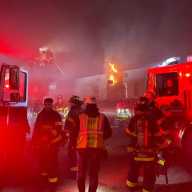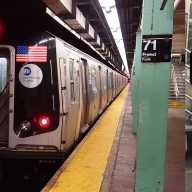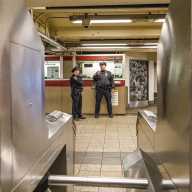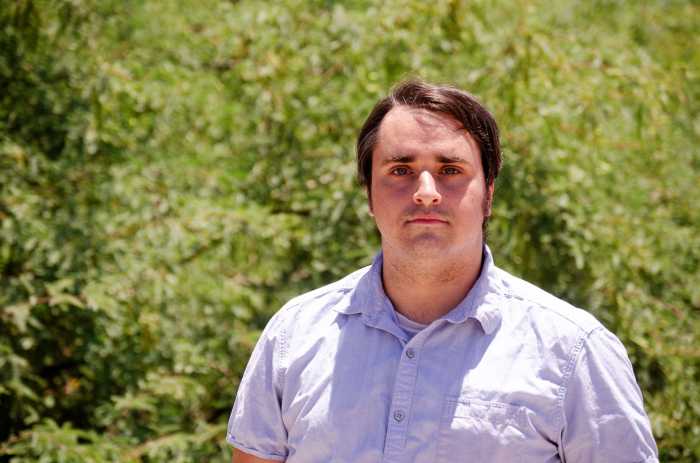BY MATT SURRUSCO
The difference between “noisy” and “nosey” offered a learning opportunity for the students gathered one recent Saturday at the Sunnyside branch of the Queens Library.
“This group is noisy,” said instructor Lorna Blancaflor, who smiled as she gestured to a few talkative women sitting in the corner of the library’s meeting room.
Pointing to her nose as she pronounced “nosey,” Blancaflor defined the word for the class.
“So, are your neighbors nosey or noisy?” she asked.
Blancaflor’s two-dozen or so students learned more than English in the intermediate English for Speakers of Other Languages class this fall.
They’re among 4,000 immigrants across the borough who are immersed annually in American civics and culture as part of a free Queens Library program that’s soon set to mark its 35th anniversary.
The ESOL program began in 1978 with 125 students enrolled in five classes. The demand has grown with an influx of immigrants into what’s become the nation’s most diverse county.
This semester’s intermediate class at the Sunnyside library drew students born in Ecuador, Colombia, Mexico and Bangladesh, which are among Community District 2’s largest immigrant groups, according to American Community Survey estimates from 2006 to 2010.
Immigrants enroll in the classes with goals that include finding better jobs, participating in their children’s schooling and becoming more involved in their community, said Sherin Hamad, ESOL program coordinator for the Queens Library.
The program is funded by the federal Workforce Investment Act, state Adult Literacy Education grants, Queens Library budget and private donations, she said.
We do not ask students their immigration status,” Hamad said. “We do, however, ask them to check off whether or not they are citizens and about 20 to 25 percent check off ‘yes.’”
The most recent class, which included English-language learners from about ages 20 to 70, spent four hours each Saturday at the Sunnyside library for 14 weeks.
They sat around six folding tables facing a white board, where Blancaflor wrote English phrases for students to repeat after her and copy in their notebooks.
She also offered many students their first formal taste of American traditions – including elections. During one late October class, she asked class members if they knew the name of the president.
“Barack Obama,” the class replied in near unison.
“Who is the other candidate?” Blancaflor said.
“Mitt Romney,” students responded in a variety of accents, Spanish and Bengali, some thicker than others.
Then there were unsolicited mumblings of which candidate they supported. Obama was favored by those who spoke up, including Haider Ali, one of two men in the class, both from Bangladesh.
After Election Day, Blancaflor asked the class who had been elected president.
“Obama,” students said, many smiling.
Blancaflor then distributed flash cards with questions from the U.S. naturalization test.
Jahanara Begum, 50, read the question on her card. “We elect the president for how many years?”
“Four years,” she read, flipping the card over for the answer.
Begum arrived from Bangladesh about 18 months ago with limited English. She works part-time as a babysitter, but wants to become more confident in her speaking skills so she can get a better job.
“I am very shy,” she said.
With classes finished for the year, some students will continue in the Queens Library ESOL program in February, either moving to the advanced level or remaining in the intermediate class. Several plan to take the U.S. citizenship test.
Blancaflor said she hopes her students are “thankful for learning something, even a simple ‘How are you?’”
After a semester with Blancaflor, ESOL students will know more than how to make small talk with their noisy, or perhaps nosey, neighbors.










